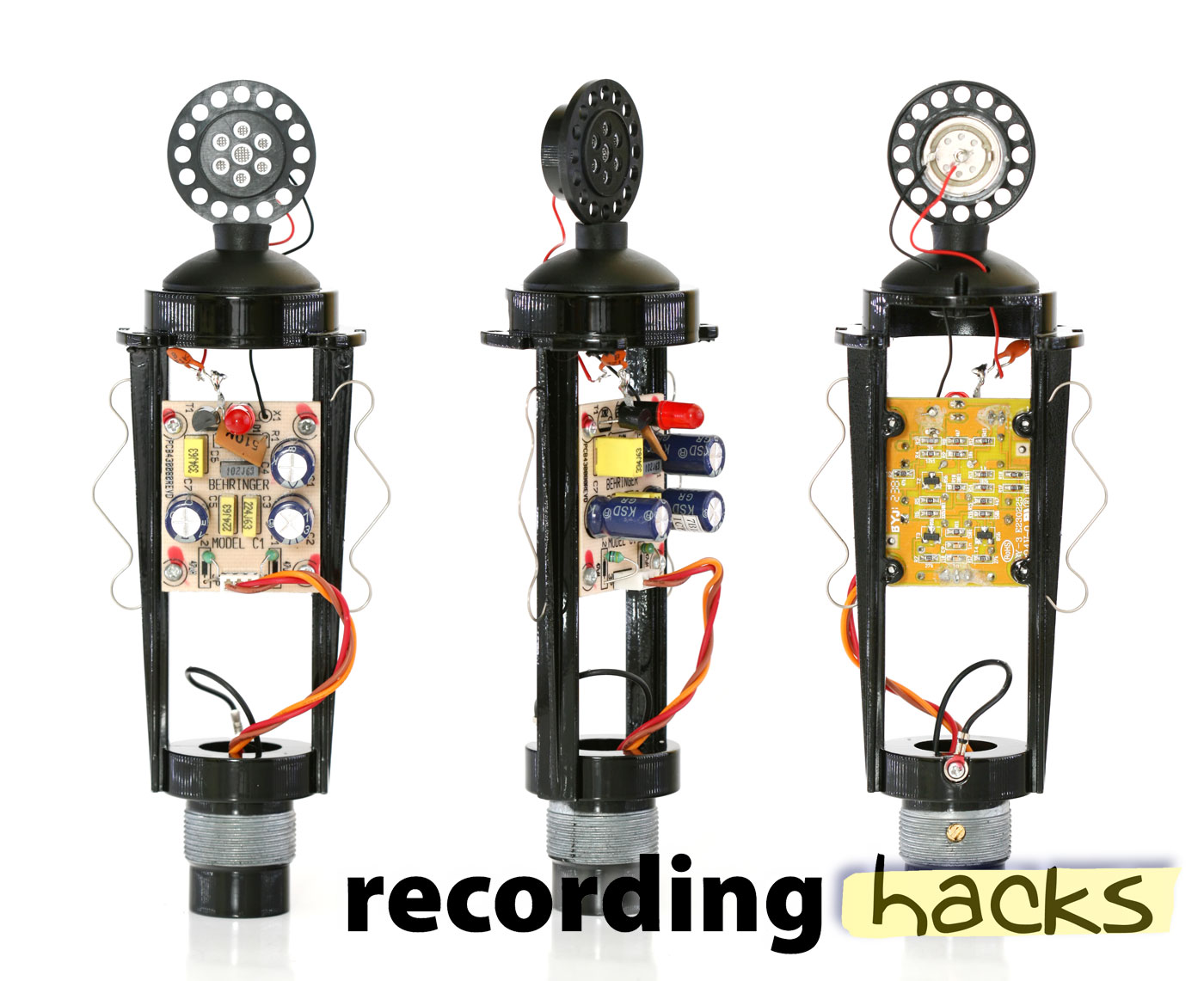I must repair a Behringer C-1 microphone. A component lead has lifted from the circuit board, and I am unsure to which solder pad it connects. A close-up photo of the bottom (unprinted side) of the circuit board showing where and how the red mic element lead is soldered would be hugely appreciated. This is at the top end of the circuit board - the edge closest to the mic element.
Absent a photo, a clear description of where the red wire is soldered to the board would be hugely appreciated.
THANK YOU. - JR -
Absent a photo, a clear description of where the red wire is soldered to the board would be hugely appreciated.
THANK YOU. - JR -





